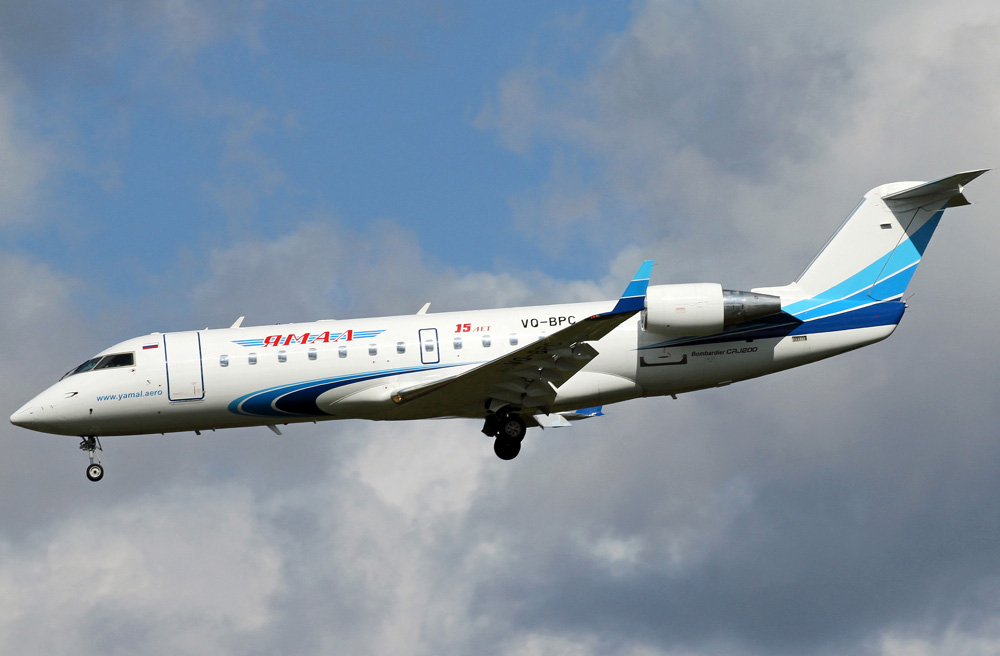

Challenger 800/850: A Business jet variant of the CRJ-200. CRJ-440: Certified up to 44-seat, this version was designed with fewer seats in order to meet the needs of some major United States airlines. It’s just the same old miserable experience. Nor is it a new experience, like when we flew a PenAir Saab 340. Nothing about flying the plane is cool, unlike hopping on a tiny Pilatus PC-12 with Boutique Air. CRJ-200SF: Passenger-to-freighter conversion of CRJ-200. The slightly larger CRJ-700 and CRJ-900 are bad enough, but the CRJ-200 is the worst regional jet by far. During the late 1990s, a substantially enlarged derivative of the airliner, referred to as the CRJ700, was developed it was soon joined by the even larger CRJ900 and CRJ1000. CRJ-200PF: Package freighter version of CRJ-200. During the 1990s, various additional versions and models of the type were developed and put into service. It was largely identical to the CRJ100, except for the installation of more efficient turbofan engines, which gave the aircraft lower fuel consumption, increased cruise altitude and cruise speed. The Bombardier CRJ100 and CRJ200 are the members of a family of regional airliner manufactured by Bombardier, and based on the Canadair Challenger business jet. The initial variant, the CRJ100, was soon joined by another model, designated as the CRJ200. On, the first of three CRJ100 prototypes conducted its maiden flight.
BOMBARDIER CJR 200 SERIES
It was based on the Bombardier Challenger 600 series business jets.Īn initial effort to produce an enlarged 36-seat version of the aircraft, known as the Challenger 610E, was terminated during 1981. They are now manufactured to be used as the airframe for the Challenger 850 executive and shuttle jet. These aircraft were originally manufactured between 19, and was Canada’s second civil jet airliner. The CRJ was Canada’s second civil jet airliner after the Avro Canada C102 Jetliner. About the Bombardier CRJ 200 Announced in 1995, the CRJ200 was used to replace the CRJ100.

The Bombardier CRJ100 and CRJ200 (formerly known as the Canadair CRJ100 and CRJ200) is a family of regional airliners that was designed and manufactured by Bombardier Aerospace between 19. Northwest was not as quick as many other network carriers to jump aboard the regional-jet trend of the mid-1990s, recognizing that turboprop economics on its shorter-haul sectors remained much better than even the new RJs could approach, and on runs to stations like Tupelo, Brainerd, and Flint, there was not.


 0 kommentar(er)
0 kommentar(er)
